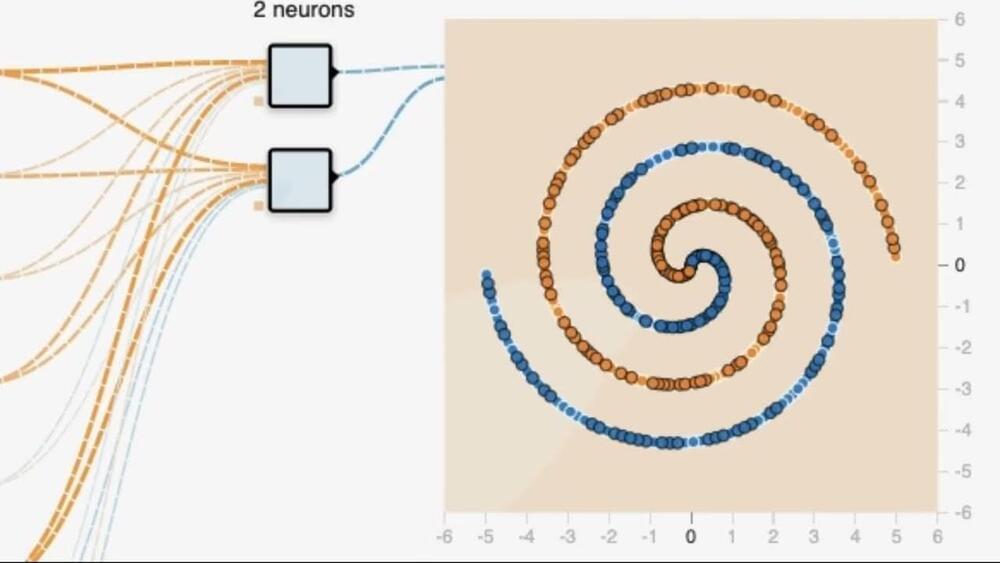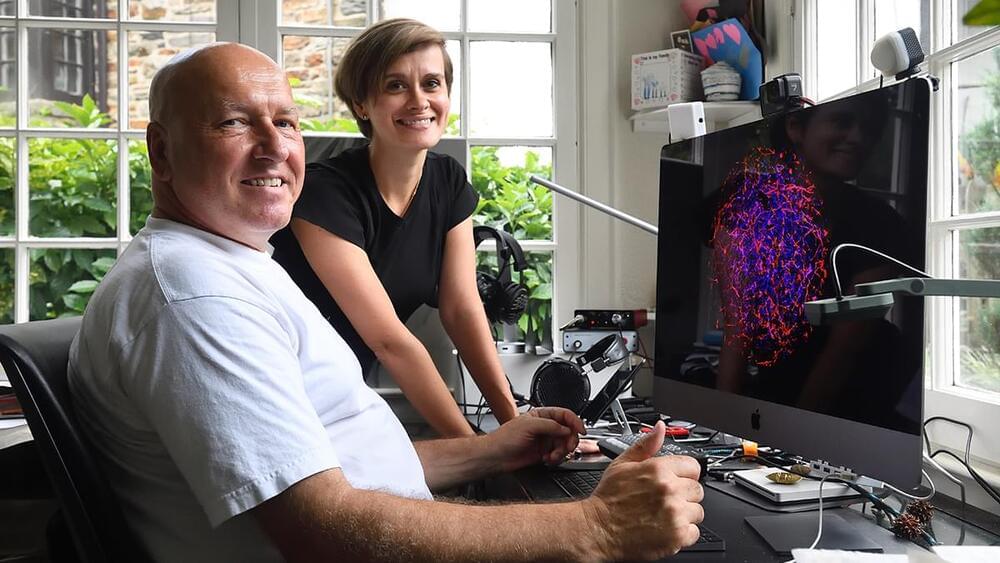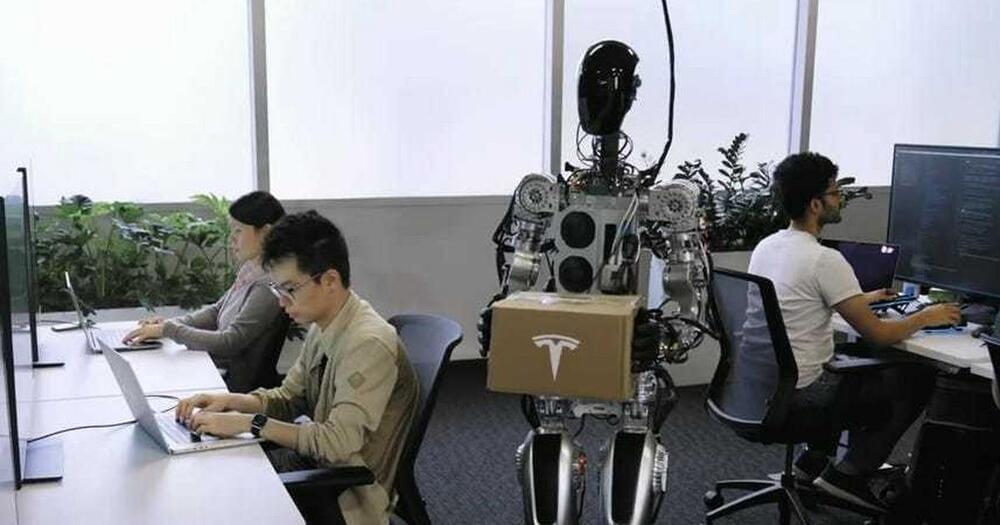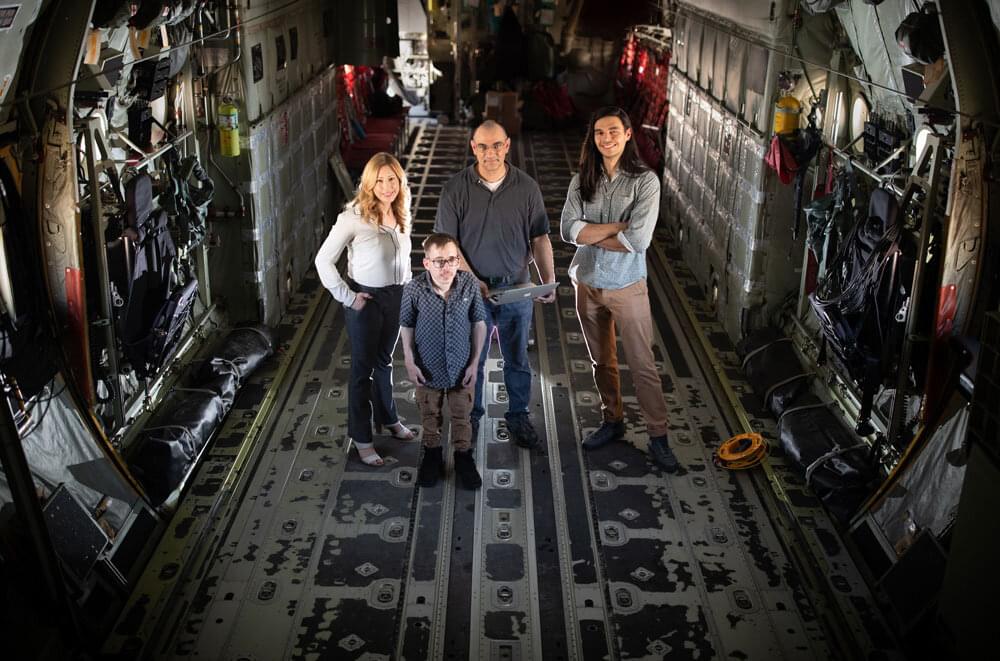Page 2354
Mar 2, 2023
Of Intelligent Design
Posted by Kelvin Dafiaghor in categories: information science, mathematics, robotics/AI, singularity

“A machine… of intelligent design.”
For the algorithm: UBI, singularity, Sydney bing ai, bing ai, microsoft, OpenAI, open ai, andrej karpathy, Ilya Sutskever, agi, artificial general intelligence, AI, ai, artificial intelligence, deep learning, how do neural networks work?, neural networks, machine learning, chatgpt, ChatGPT, GPT, bing, math, google, tech, technology, utopia.
Mar 2, 2023
Digital Molecular Assemblers: What synthetic media/generative AI actually represents, and where I think it’s going
Posted by Shubham Ghosh Roy in categories: biological, internet, robotics/AI, transhumanism
Yuli Ban is talking about the prediction and emergence of generative AIs, the extent to which those can disrupt humanities reliance on creativity and productivity. He mentions ‘the dead internet theory’ that postulates that most content is autogenerated, obfuscating the actual people using the internet and reducing their actual exposure.
I think we already see this in social media, internet forums and other areas where fake content and profiles are detected. and this can spread to youtube and short form video platforms, telemarketing and scams. as well as use by political groups and states.
Yuli also mentions the long term implications — peaking human population and the notion of Transhumanism where humans merge with an infinitely more capable AI which assumes control. he mentions how biology is a quality many would like to preserve, to varying degrees.
Mar 2, 2023
AI Semantic Similarity Leads to Novel Drug Candidates for Parkinson’s Disease
Posted by Jose Ruben Rodriguez Fuentes in categories: biotech/medical, robotics/AI
Summary: Using AI, researchers identified Probucol, an existing anti-cholesterol drug that promotes the disposal of mitochondria, as a potential new therapy for the treatment of Parkinson’s disease.
Source: PLOS
The words that researchers use to describe their results can be harnessed to discover potential new treatments for Parkinson’s disease, according to a new study publishing March 2nd in the open access journal PLoS Biology by Angus McQuibban of the University of Toronto, Canada, and colleagues.
Mar 2, 2023
AI Is Taking Over A Crucial Part Of Movies And Workers Are Striking Against It
Posted by Jose Ruben Rodriguez Fuentes in categories: entertainment, robotics/AI
One of the often-overlooked parts of movie-making is how Hollywood blockbusters are distributed worldwide. While subtitles are common, dubbed audiences more widely embrace films to the point that certain native stars get associated with English-speaking performers. Variety reports that the Italian dubbing workers and voice actors are going on strike over the studios laying the groundwork to replace them with AI dubbing.
Italian voice actors and dubbing workers have been on strike since February 21st and will continue for at least another week. The complaints from the workers sound very similar to those of Marvel’s VFX contractors: low wages, long hours, and an unsustainable pace of work. Now that AI programs are becoming widely available and more cost-efficient than human work, the union worries dubbing will be fully overtaken by machines.
Rodolfo Bianchi, head of Italy’s dubbing director’s organization ADID, explained, “We are forced to sign contracts in which we give away the rights to the use of our voice, this also involves the use of our voice for artificial intelligence purposes.” AI is already capable of realistic deep fakes, including appropriating celebrity voices, and with how far the technology has come in a relatively short period, Bianchi’s fears are well-founded. While a computer program would struggle to match the tone and tenor of a voice during a dramatic performance, it can be done, and it can be done cheaply.
Mar 2, 2023
Scientists plan ‘thinking’ biocomputers with human neurons
Posted by Jose Ruben Rodriguez Fuentes in category: neuroscience
Researchers have created a roadmap for how to build tiny biocomputers out of human neurons or brain cells.
“We can use a culture of the human brain to show something which is not just living cells. We can show that this is learning, this is memorising, this is making decisions, it is possibly even at some point, ‘sentient’ in the sense that it can sense its environment,” Professor Thomas Hartung, a Johns Hopkins ‘organoids’ researcher, told Cosmos.
“We are the explorers who have stumbled into a completely new field.”
Mar 2, 2023
Laser printed microelectronics Communications
Posted by Jose Ruben Rodriguez Fuentes in categories: computing, electronics
Printed organic and inorganic electronics continue to be of large interest for several applications. Here, the authors propose laser printing as a facile process for fabricating printed electronics with minimum feature sizes below 1 µm and demonstrate functional diodes, memristors, and physically unclonable functions.
Mar 2, 2023
Elon Musk predicts Tesla’s humanoid ‘Optimus’ robots will eventually outnumber humans
Posted by Raphael Ramos in categories: Elon Musk, robotics/AI, sustainability
“You could sort of see a home use for robots, certainly industrial uses for robots, humanoid robots,” he said.
Musk’s musings about AI came during Tesla’s first-ever Investor Day presentation, which was held at the carmaker’s Austin, Texas, Gigafactory.
During the presentation, Musk showed an updated video of the company’s “Optimus” robot prototype, which Musk said he aims to use in Tesla factories and sell to the public.
Mar 2, 2023
Hackers could try to take over a military aircraft; can a cyber shuffle stop them?
Posted by Saúl Morales Rodriguéz in categories: cybercrime/malcode, information science, military, space travel
A cybersecurity technique that shuffles network addresses like a blackjack dealer shuffles playing cards could effectively befuddle hackers gambling for control of a military jet, commercial airliner or spacecraft, according to new research. However, the research also shows these defenses must be designed to counter increasingly sophisticated algorithms used to break them.
Many aircraft, spacecraft and weapons systems have an onboard computer network known as military standard 1,553, commonly referred to as MIL-STD-1553, or even just 1553. The network is a tried-and-true protocol for letting systems like radar, flight controls and the heads-up display talk to each other.
Securing these networks against a cyberattack is a national security imperative, said Chris Jenkins, a Sandia cybersecurity scientist. If a hacker were to take over 1,553 midflight, he said, the pilot could lose control of critical aircraft systems, and the impact could be devastating.

















